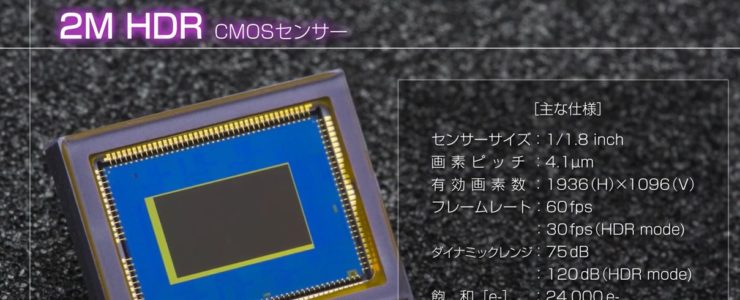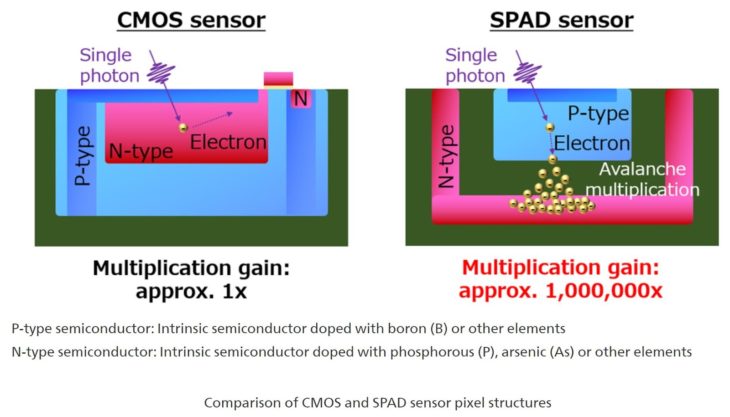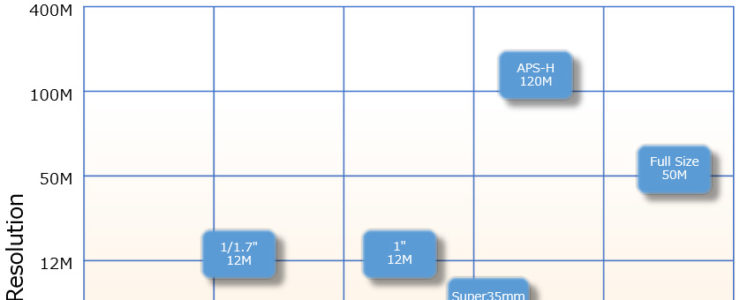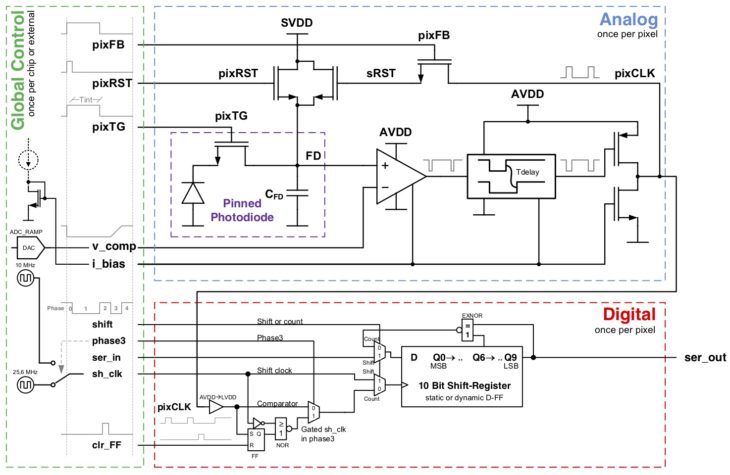Canon Develops Another Image Sensor That Can See In The Dark (0.08 lux!)
Canon’ research labs are continuously pushing the technological evolution of image sensors. Here is another one.
Spotted by Image Sensors World, and none else despite what it might seem, the Canon LI7050 is a new high-sensitivity CMOS sensor for network and industrial cameras that enables full-HD color video capture in 0.08 lux environments. Not bad, eh?
The Canon LI7050 is a specialized image sensor for industrial and other scientific applications. Another Canon sensor that can see in the dark, According to the experts at Image Sensors World:
Despite a compact pixel array of 1/1.8 inches and pixel size of 4.1 µm, Canon’s newly developed LI7050 sensor makes possible color video recording in low-light environments as dark as 0.08 lux.
Security cameras equipped with the LI7050 can capture video at night in such locations as public facilities, roads or transport networks, thereby helping to identify details including the color of vehicles or subjects’ clothing. What’s more, this compact, high-sensitivity sensor can be installed in cameras for such use cases as underwater drones, microscopes and wearable cameras for security personnel.
Canon’s new sensor is also equipped with an HDR drive function that realizes a wide DR of 120 dB. When recording in an environment with illumination levels between, for example, 0.08 lux and 80,000 lux, the sensor’s wide dynamic range enables video capture without blown-out whites and crushed blacks. During normal drive operation, the sensor realizes a noise level of 75 dB and captures video without blown-out whites and crushed blacks in environments with illumination levels between, for example, 0.08 lux and 500 lux.
Is there already someone claiming the sensor is overheating? If not, here is a video showing of the capabilities of this sensor. We think it’s impressing.
If you want to learn more about these highly specialized image sensors have a look at this listing.
Canon press release:
SINGAPORE, 3 August 2020 — Canon announced today the launch in Japan of the LI7050, a new 1/1.8-inch CMOS sensor capable of capturing color images in full-HD even in low-illumination environments as dark as 0.08 lux1.
The recent growth of IoT technologies has in turn generated increasing demand for network and industrial-use cameras—in particular, cameras capable of image capture in full-HD as well as nighttime color recording. Despite a compact body size of 1/1.8 inches and pixel size of 4.1 µm (micrometers), Canon’s newly developed LI7050 sensor makes possible color video recording in full-HD, even under low-light conditions.
The LI7050, while achieving a compact size, features a pixel architecture that enables high sensitivity, thereby making possible low-noise, full-HD color video recording in low-light environments as dark as 0.08 lux. Conventional nighttime monitoring employs infrared cameras and records video in monochrome. However, network cameras equipped with the LI7050 can capture video at night in such locations as public facilities, roads or transport networks, thereby helping to identify details including the color of vehicles or subjects’ clothing. What’s more, this compact, high-sensitivity sensor can be installed in cameras for such use cases as underwater drones, microscopes and wearable cameras for security personnel.
Canon’s new sensor is also equipped with an HDR drive function that realizes a wide dynamic range of 120 dB. When recording in an environment with illumination levels between, for example, 0.08 lux and 80,000 lux, the sensor’s wide dynamic range enables video capture without blown-out whites and crushed blacks. Thanks to this capability, the sensor enables cameras to record high-quality video, even when positioned at building entrances and other locations where there are significant variations in illumination levels. During normal drive operation, the sensor realizes a noise level of 75 dB and captures video without blown-out whites and crushed blacks in environments with illumination levels between, for example, 0.08 lux and 500 lux.
The LI7050 supports the MIPI CSI-2 interface utilized by a wide range of consumer and industrial-use cameras, thereby greatly expanding the number of possible equipment combinations. The sensor also meets a variety of industrial needs through such features as a Region of Interest (ROI) function that enables users to select regions to read from the sensor, reducing the amount of read information and allowing for image capture at an increased framerate, and the ability to configure horizontal and vertical inversion directly from the sensor for easy viewing of footage from cameras installed on ceilings and other inverted positions.
Canon has begun sample shipments of the LI7050 from today, and is scheduled to officially commence sales in late October 2020.







